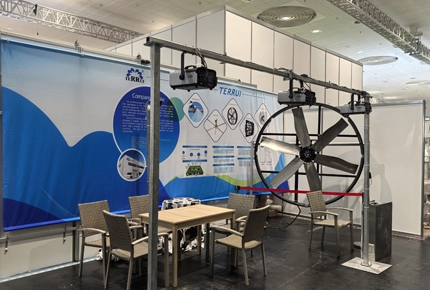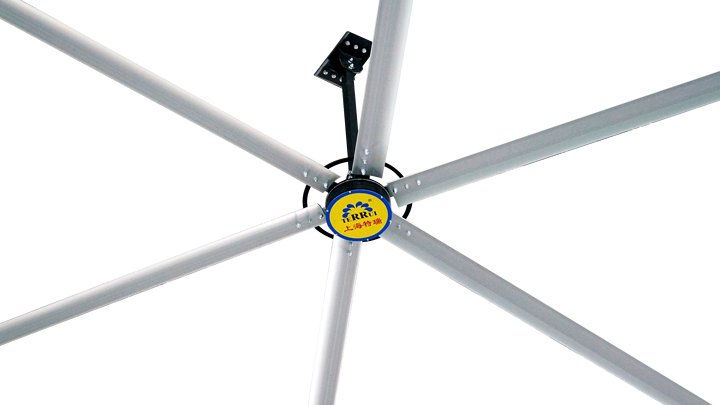Create Time: 06 ,30 ,2024
What is Heat Stroke
Heat stroke occurs when, under a prolonged high-temperature environment, a cow's body accumulates more heat than it can dissipate, resulting in an abnormally elevated body temperature. If not treated promptly, this condition can lead to physiological dysfunction or even death.
Symptoms of Cattle Heat Stroke
Common symptoms of heat stroke in cattle include rapid breathing, elevated body temperature, decreased appetite, reduced milk production, appearing fatigued or unwilling to move.
Farm staff should regularly inspect the health status of cattle to timely identify signs of problems.
Preventative Measures
Adequate Clean Drinking Water: In hot weather, the demand for water among cattle significantly increases. Therefore, ensuring the proper operation and cleanliness of drinking equipment is crucial. We can use Terrui's water drinking bowls for cattle, which are reasonably designed, easy to clean, and ensure that cattle can access clean and adequate drinking water at all times. Additionally, regularly inspect the operation of the drinking system, promptly repair and replace damaged parts to ensure a stable water supply.
Adjust Feeding Times: Avoid peak heat waves and choose cooler times like early morning or evening for feeding.
Optimize Ventilation Conditions: Ventilation is crucial for reducing the temperature of cattle sheds and improving the living environment for cattle. Installing Terrui's dairy farm ventilation fans can effectively enhance ventilation. These fans are advanced in design, stable in operation, and can rapidly expel hot air from the shed, lowering the temperature. Additionally, it is important to plan the ventilation times and amount, and adjust the ventilation strategy according to weather changes to ensure that cattle remain in a comfortable environment throughout the summer.
Emergency Measures and Treatment
If heat stroke symptoms are observed in cattle, immediately move them to a cool and ventilated area, dampen the cow with cold water, and provide ample drinking water with water drinking bowl for cattle.
If the symptoms are severe, promptly contact a veterinarian for professional treatment.
 English
English  中文
中文 






